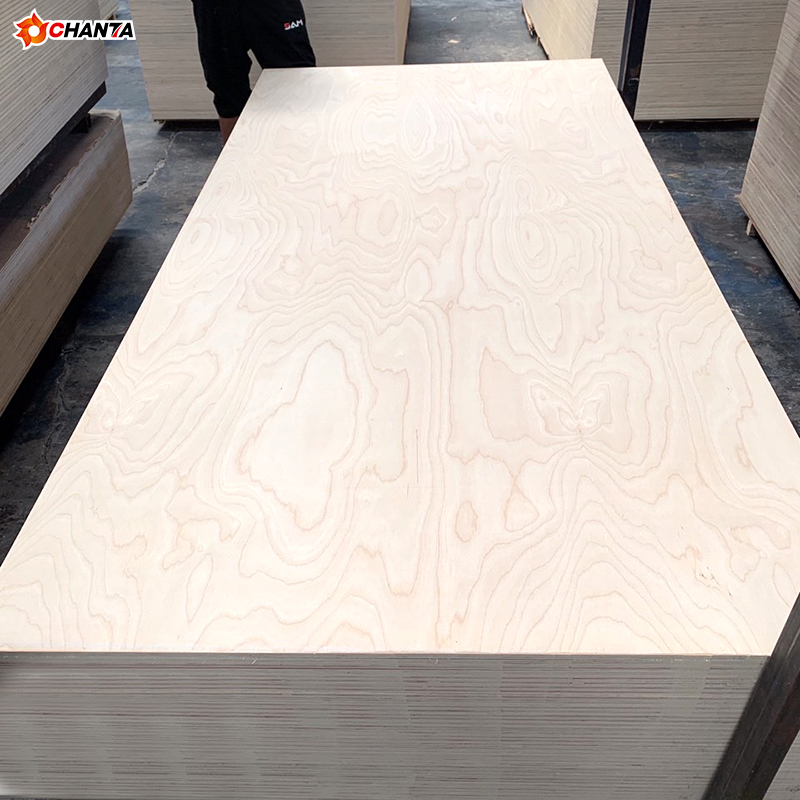Medium Density Fiberboard, or MDF, is a popular choice in construction and furniture due to its unique combination of strength, smoothness, stability, and workability. It’s known for its versatility, reliability, and ease of use in many applications, including furniture, doors, and various structural projects. Here’s a closer look at what makes MDF ideal for these uses.
1. MDF Board Strength: High Bending Strength and Impact Resistance
MDF board is designed to handle bending and impact well, which makes it a go-to material for heavy-duty furniture and door panels. Unlike other engineered wood, MDF has strong internal bonding due to its dense structure, allowing it to bear significant weight. This strength allows it to serve in structural roles, providing solid support in shelving, cabinets, and tables. MDF’s resilience ensures that it can withstand daily use without warping or splintering.
2. MDF Board Smoothness: Even Surface Ideal for Finishing
MDF has a smooth, fine-textured surface that makes it ideal for finishing and painting. Because its wood fibers are evenly distributed, MDF lacks the natural grains and knots of solid wood, resulting in a refined, uniform look. The even surface allows paint, veneer, or laminate to adhere perfectly, providing a professional, polished finish. This smoothness also makes MDF suitable for furniture that demands a seamless appearance, such as cabinets and wall panels.
3. MDF Board Stability: Resistant to Changes in Temperature and Humidity
MDF maintains its shape and integrity across varying humidity and temperature levels. This stability sets it apart from natural wood, which often expands, contracts, or cracks with environmental changes. MDF’s consistent structure makes it suitable for kitchens, bathrooms, and other areas with changing humidity. In both residential and commercial applications, MDF’s stability reduces maintenance needs and extends its lifespan, ensuring long-lasting durability.
4. Workability: Easy to Cut, Drill, and Shape
One of MDF’s key advantages is its excellent workability. It’s easy to cut, drill, and shape, making it adaptable for intricate designs and custom projects. Builders and craftsmen can saw, route, or carve MDF into various shapes and sizes, giving it an edge over materials that are harder to work with. This ease of customization makes MDF ideal for creating both simple and complex designs in cabinetry, moldings, and decorative elements. Additionally, MDF edges are easy to finish, enabling seamless joints and smooth transitions between parts.
Applications in Various Industries
MDF’s mix of strength, smoothness, stability, and workability opens the door to a wide range of applications. In the furniture industry, MDF is widely used for tables, shelves, wardrobes, and storage units. Its resistance to warping makes it valuable for doors, window frames, and moldings in the construction field. MDF’s sound-dampening qualities also make it a preferred material for speaker enclosures and acoustic panels.
Conclusion
MDF combines durability, adaptability, and visual appeal, making it a trusted choice in modern design and construction. Its high strength, smooth surface, stability, and ease of customization support diverse applications in both residential and commercial spaces. For those seeking a versatile, durable, and cost-effective material, MDF remains a top choice.



















